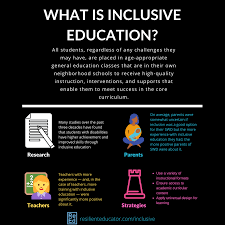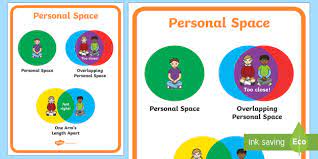Journaling has long been recognized as a powerful tool for emotional healing, self-discovery, and personal growth. By putting thoughts and feelings on paper, you can gain new insights, achieve clarity, and increase self-awareness. Here are 66 therapeutic journal prompts to guide you on this transformative journey.
1. Describe a challenge you recently faced and how you overcame it.
2. List three things you are grateful for today.
3. Reflect on a time you failed at something and what you learned from the experience.
4. Write about a difficult decision you had to make and how you made it.
5. Explore your relationship with fear by listing your most significant fears and their root causes.
6. Write a letter to yourself from 10 years ago.
7. Write a letter to yourself in 10 years.
8. Describe your ideal day from start to finish.
9. What are your core values? How do they influence your decisions and actions?
10. Write about a past relationship and the lessons learned from it.
11. Describe an important moment in your life—whether joyous or painful—and explore its significance.
12. Create a list of five short-term and five long-term goals.
13. What would you do if money were no object?
14. Choose three words that best describe you; explain why they resonate with you.
15. Explore a deeply-held belief that has shaped your life so far.
16. Write about someone who inspires you and why they have an impact on your life.
17. Reflect on the concept of forgiveness—both self-forgiveness and forgiving others.
18. Make a list of things that bring joy and happiness to your life.
19. Write about a time when someone showed kindness towards you or when you demonstrated kindness to someone else.
20-30: Choose 11 topics or aspects of your life that you believe need improvement. Write about why they matter and how to address them.
31-40: Select a different emotion for each of these 10 prompts, such as joy, anger, sadness, or fear. Describe a situation where you have experienced each and what caused the feelings.
41. What are the most important lessons you have learned in life so far?
42. Describe a scenario where you had to lead and how you handled it.
43. Reflect on the physical environment in which you thrive the most—indoors or outdoors, busy or quiet surroundings—and explain why that setting means so much to you.
44. How do your family’s traditions impact your identity?
45. Write about a time when communication was difficult and how you resolved it.
46. What does success mean to you? How will you know when you’ve achieved it?
47-56: Choose a different person in your life for each of these 10 prompts—an influential teacher, sibling, friend, or colleague—and detail an impactful memory about them.
57. Write about your relationship with money and how it has evolved over time.
58. Reflect on an accomplishment that made you proud.
59. What aspects of your life would you like to simplify?
60. Make a list of all the places you would like to visit and why.
61. Engage with your inner child by writing about what they would think or say about your grown-up self.
62. Write about an especially challenging conversation and how it impacted your perspective.
63. Consider ways in which you can practice self-care and invest in yourself regularly.
64. Identify areas where perfectionism may be hindering rather than helping in your life.
65. Explore ways to cultivate mindfulness through daily reflection and routine.
66. Using the insights gained from the previous prompts, create an action plan.











